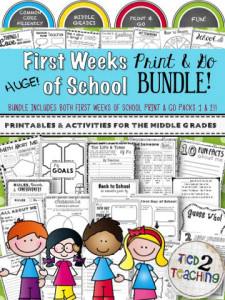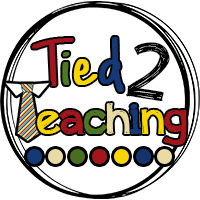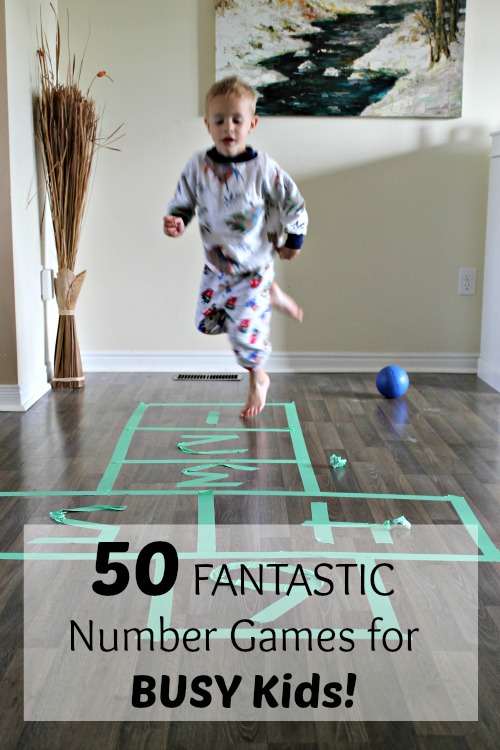Usually when I tell my students that we are going to learn how to write poems, some of them say, “I can’t write a poem,” or “Yuck, Poetry!.” By the end of the workshop, which takes about 2-3 weeks, most of the kids realize that they can in fact write all sorts of poems and they even like it.
I start my workshop by letting them know that they will be making an interactive poetry booklet of different types of poems and that we will pick one to be published in a book that comes out in May or June. They really love the idea of having a published poem.
I show them the book from previous years and read some poems for them. Now they’re really hooked.
This was one of the poems that I read. It was written by a 6th grade boy who had no idea that he was a poet until he wrote this. It was published in the book entitled, “A Celebration of Young Poets,” which was one of the top poems for grades 4-6. So proud of him. What is so great about this company is that all the kids who send in a poem get published.
Azure Drake
Azure blossoms at my feet
Beside the road smelling sweet
To the shade of a Sycamore tree
Swaying branches over me…. Whispering
Footsteps coming down the path
An ancient one with wooden staff
Long white beard and cloak blue smeared
Electric eyes not to be feared….Scintillating
A Druid friend from long ago
The magic words sure to know
Staff held high over azure flowers
Secret words of light and power….Conjuring
Rustling in the indigo bed
Rising up scales, tail and head
Wisdom eyes, majestic wings
Breath of lightning, Dragon sings….Thundering
Climbing on blue scaled back
Soaring on white cloud track
Snowcapped mountains, Seas of sand
Born of air, Free of land….Dreaming
by Sean Hayden
After this introduction there is an overview of the types of poems we’ll be
writing.
1. Acrostic is a very simple poem and kids have fun with it. You come up with a subject such as Summer, you write the word down the side of the page. You then come up with a word or phrase that begins with each letter in the word and describes your subject.
So many happy weeks
Under the beach umbrella
Making castles in the sand
Moving, splashing, swimming
Every day till evening comes
Remembering all the fun
2. Limerick is a humorous or nonsense poem with 5 lines. Edward Lear
made them famous in the 1800s, when he wrote the :Book of
Nonsense.” Easy to write and the kids love doing these… The 1st,
2nd, and fifth lines rhyme and usually have 7-9 syllables.
The 3rd, and 4th lines rhyme with each other and have 5-6
syllables. They usually begin with, “There once was a- - -,”
You should read some limericks from Lear’s book… Here’s one:
There was an Old Man with a beard,
There was an Old Man with a beard,
Who said, “It is just as I feared!-
Two Owls and a Hen, four Larks and a Wren,
Have all built their nest in my beard.
By Edward Lear
3. Riddle is a type of poem where something is described without
actually saying what it is. There is a punch line which is the answer
to what has been described. Riddles are usually funny and can
rhyme if the author wants, however, they don’t have to rhyme. You
can do this as a collaborative activity, have each group come up
with a riddle and have other students guess.
What is black, white and read all over?
Answer: A newspaper.
4. Cinquain is a type of poem that was created by Adelaide Crapsey. It is a
type of poetry consisting of 5 lines with a certain amount of syllables
in each. The !st line has two syllables and starts with a subject. The 2nd
line has 4 syllables and describes the subject. The 3rd line has six
syllables and shows action about the subject, The 4th line has 8 syllables
indicates feelings about the subject, and the 5th line has two syllables and
is a synonym taking the place of the subject.
Kayla
The red husky
runs, jumps, plays and licks me
sweet, friendly, playful, happy
my dog.
5. Diamante is a poem that was developed by Iris Tiedt in 1969. It is shaped like a
diamond with 7 lines and uses different types of words that do
not have to rhyme. 1st line: Starting subject (noun), 2nd line two
adjectives to describe 1st line, 3rd line write three verbs, to
go along with 1st line 4th line write a short phrase about line 1
and a short phrase about line 7. 5th line, write 3 verbs about
line 7, 6th line two adjectives about line 7, 7th line write the
end noun or subject.
Summer
Sunny hot
Sweltering tanning snorkeling
Family vacation Christmas holiday
sledding, skating, snowmen
Freezing cold
Winter.
6. Haiku is a type of poem that is traditional to Japan. It consists of
3 lines. Line one has 5 syllables, Line 2 has seven syllables, and line 3
has five syllables. This type of poem seldom rhymes.
Over the Wintry
Over the wintry
forest, winds howl in rage
with no leaves to blow.
by Natsume Soseki
7. Shape Poem is a poem that describes an object and is shaped
like the object that it is describing. They are to use as many adjectives
they can.
A
volcano
a large mountain,
erupting and shooting
lava into the sky! Making all
the people run away. So much
black smoke in the air. Red hot lava
flowing through the cracks and down
the sides. Covering everything in its path.
8. Free Verse is a poem that may or may not rhyme and it has no set pattern to it. An example is Sean’s poem.
What needs to be stressed to the class is that they should continue to use sensory words, colorful adjectives, as well as nouns, verbs and adverbs.
I introduce the poetry workshop using the following: I have a number of cards that I copy for each student with these words: noun, adjective, adverb, verb, smell, touch, hear, taste, feel. The first lesson is to shuffle the cards and turn them over so that they cannot see the word. They are to pick a card and write a word that corresponds with it, then put the card on the bottom of the pile. For example: noun they might write down the word- bird, adjective - pretty, taste-sweet, and so on. After they have come up with a word for each card. They shuffle them again and come up with more words. They then write a little poem using only these words and draw a picture to go along with it.
Another activity that we’ve had fun with is to have a day of writing sensory poems. I would bring in cotton, sandpaper, a rock, string, a spoon, etc. and put one item in a paper bag. The kids would put their hand inside it and touch the object without looking at it. Next we’d brainstorm what words could be used to describe the sense of touch. They’d have to write a free verse poem using only these feeling words and could not mention what the actual object was. You can use the same item for everyone, or vary them. This was done for all the senses as well. I bring in coffee beans, peanut butter, a flower for smell; hard candies for taste; I’d play a CD for hearing, for sight, I have a sand painting in a goldfish bowl. They look at it and write a poem about it.
We usually do poetry in the spring so pick a sunny day, bring the class
outside and have them write a poem about nature, just using sensory words. Some of my kids would lie under a tree in front of the school and look up at it. Others would look at insects or flowers or just lie down and look at clouds. Some interesting poems came out of this.
My partner who teaches science suggested that we collaborate. He would teach them the biological and scientific aspects of our senses which made the lesson more valuable and memorable. Love the teamwork.
Stay tuned for my poetry workshop interactive notebook and more. I'm working on it now and it should be ready soon.
Thanks so much for reading my post.
Deann
Resources:
1. Celebration of Young Poets- Creative Communication, Inc.
90 North 100 East
Logan, UT 84321
www.poeticpower.com
2. https://www.youngwriters.co.uk/types-diamante-poem
3. https://www.youngwriters.co.uk/types-cinquain
4. http://www.kidzone.ws/poetry/haiku.htm
5. http://www.kidzone.ws/poetry/limerick.htm
6. https://www.youngwriters.co.uk/types-shape-poem
7. https://www.youngwriters.co.uk/types-riddle
8. http://www.familyfriendpoems.com/poem/limericks-by-edward-lear
9. http://www.amazon.com/Teaching-Fabulous-Forms-Poetry-Brainstorming/dp/0439073464/ref=pd_sim_sbs_14_4?ie=UTF8&refRID=0780FM4030ATDFPFY8VK
Please visit Socrates Lantern’s Social Media Sites


































